Legal Semantics and Linguistic Features of the Universal Declaration of Human Rights: An Empirical Research and Text Analysis
DOI: 10.23977/law.2024.030614 | Downloads: 21 | Views: 1231
Author(s)
Zhang Luoyi 1
Affiliation(s)
1 School of Foreign Language, Xihua University, Chengdu, China
Corresponding Author
Zhang LuoyiABSTRACT
The text analysis method is used to study the legal semantics and linguistic features of the Universal Declaration of Human Rights. Through a word-by-word analysis of the text of the declaration, combined with the theoretical framework of linguistics and jurisprudence, the semantic connotation and linguistic expression of the declaration are revealed. The study finds that the language characteristics of the Universal Declaration of Human Rights are mainly reflected in the following aspects: First, the declaration adopts concise and clear language, avoiding complex legal terms and provisions, making it easier to be widely understood and accepted. Secondly, the language of the Declaration is universal and aims at ensuring universal access and understanding of human rights, embodying an appeal to the common values of humanity. In addition, the linguistic framework and expression of the Declaration are closely related to the historical and cultural context in which it was drafted, reflecting the consensus and concerns of the international community on human rights issues at that time. Finally, there may be cultural and linguistic differences in the interpretation and understanding of some abstract concepts in the Declaration, which may affect its understanding and application in different regions. To sum up, this study provides a comprehensive and in-depth analysis of the legal semantics and linguistic features of the Universal Declaration of Human Rights, offering an important reference for further understanding and studying the significance and influence of the Declaration.
KEYWORDS
Universal Declaration of Human Rights, linguistic structuralism, right of equality, legal semantics, statement feature, empirical research, textual analysisCITE THIS PAPER
Zhang Luoyi. Legal Semantics and Linguistic Features of the Universal Declaration of Human Rights: An Empirical Research and Text Analysis. Science of Law Journal (2024) Vol. 3: 93-102. DOI: http://dx.doi.org/DOI: 10.23977/law.2024.030614.
REFERENCES
[1] Cao, Yan. "Examining the Relationship between Language Phenomena and Literary Meaning from the Perspective of Stylistic Text Analysis." Social Sciences Journal Compilation, vol. 2005, no. 04, 2005, pp. 202-204.
[2] Liu, Jie. "The Genesis and Significance of the Universal Declaration of Human Rights." Human Rights, vol. 2018, no. 05, 2018, pp. 18-34. DOI: 10.16696/j.cnki.11-4090/d.2018.05.003.
[3] Meng, Qingtao. "Rereading the Universal Declaration of Human Rights." Modern Jurisprudence, vol. 40, no. 05, 2018, pp. 39-49.
[4] Qiao, Kun, and Ma Xiaolei. "On the Combination of Case Study and Empirical Research Methods." Management Case Studies and Reviews, vol. 2008, no. 01, 2008, pp. 62-67.
[5] Ruan, Ao. "Corpus Translation Studies in Empirical Research." Exam Weekly, vol. 2008, no. 08, 2008, pp. 154-155.
[6] Sun, Pinghua, and Wang Chun. "A Study on the Main Issues in the Chinese Translation of the Universal Declaration of Human Rights." Foreign Languages and Their Teaching, vol. 2009, no. 06, 2009, pp. 58-61.
[7] Sun, Pinghua. A Study of the Universal Declaration of Human Rights. Beijing: Beijing University Press, 2012.
[8] Yao, Wensai. "On the Ambiguity of Legal Language." Diss. Southwest University, 2020. DOI: 10.27684/d.cnki. gxndx. 2020.002853.
| Downloads: | 14956 |
|---|---|
| Visits: | 535014 |
Sponsors, Associates, and Links
-
Journal of Language Testing & Assessment
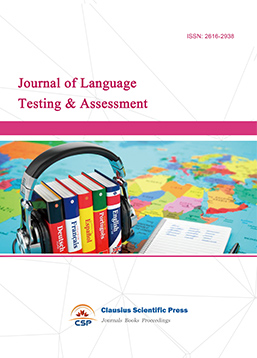
-
Information and Knowledge Management
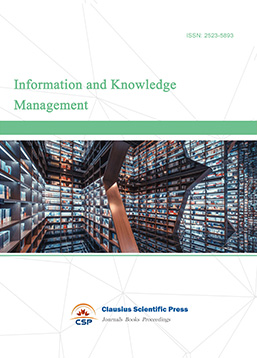
-
Military and Armament Science
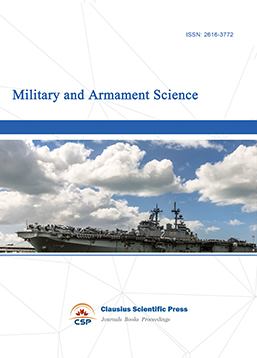
-
Media and Communication Research
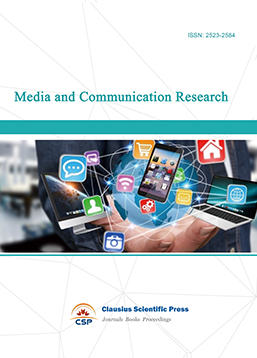
-
Journal of Human Movement Science
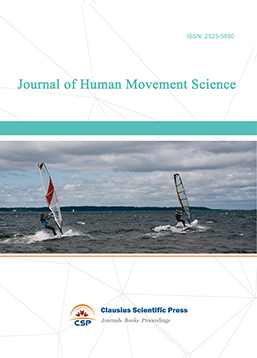
-
Art and Performance Letters
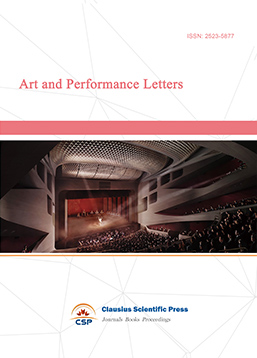
-
Lecture Notes on History
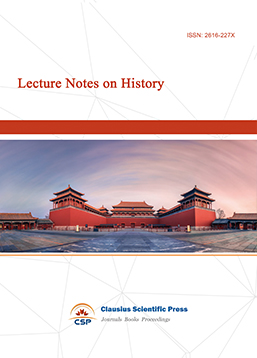
-
Lecture Notes on Language and Literature

-
Philosophy Journal
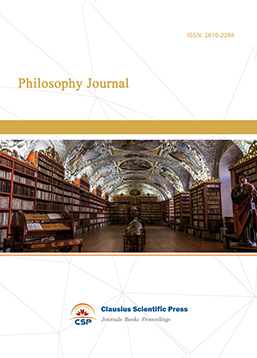
-
Journal of Political Science Research
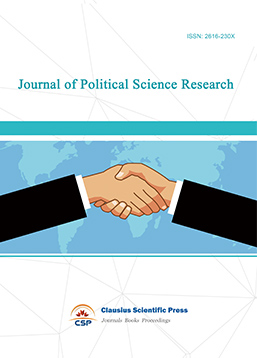
-
Journal of Sociology and Ethnology
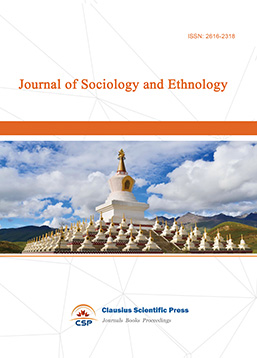
-
Advances in Broadcasting
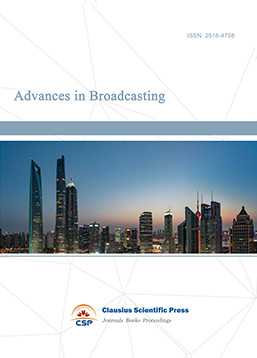

 Download as PDF
Download as PDF